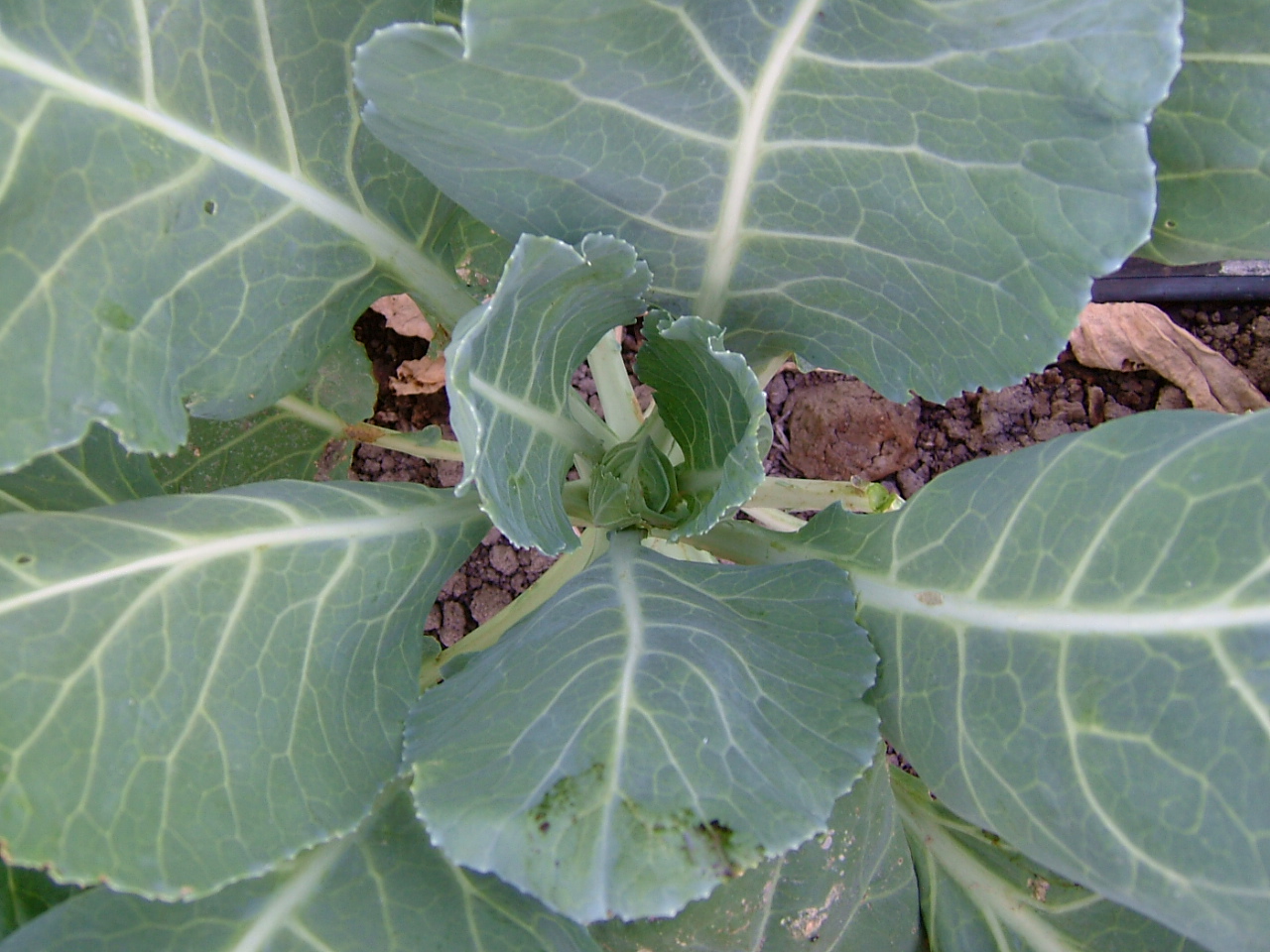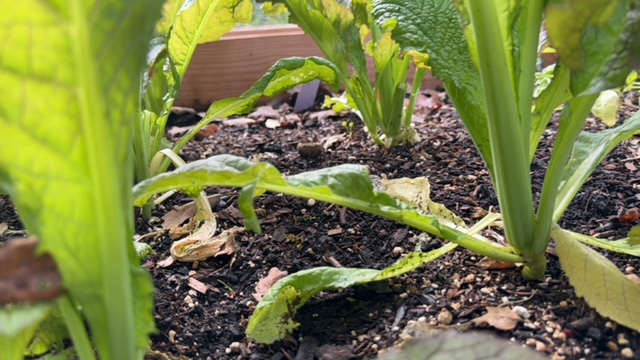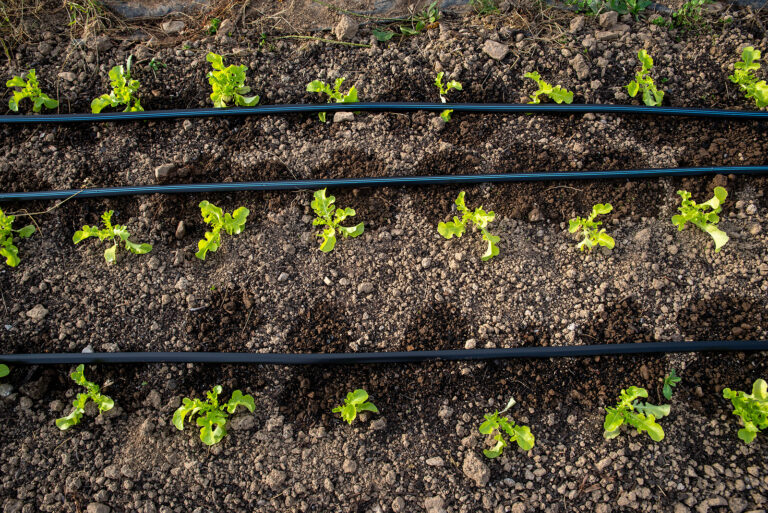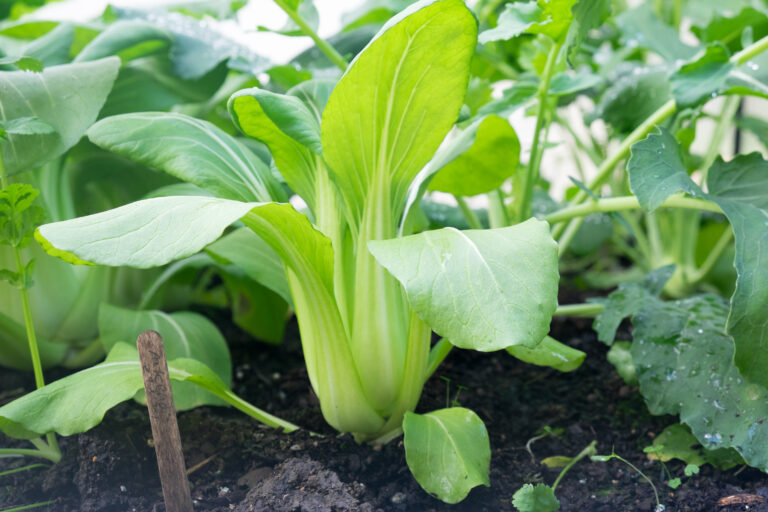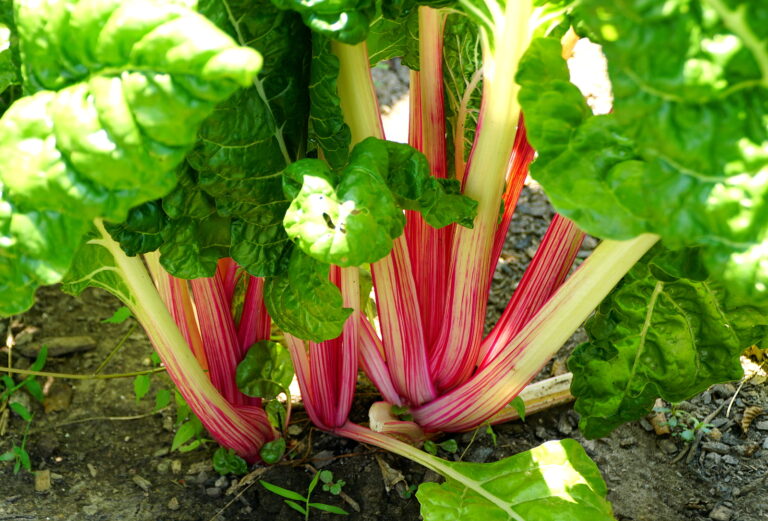Companion Plants for Collard Greens: What to Grow Together and What to Avoid
Collards are hardy, nutrient-packed greens that thrive in many home gardens. Choosing the right companion plants can help boost their growth, reduce pests, and improve yield. Likewise, planting the wrong neighbors can stunt growth or attract problems. Here’s how to make the most of your collard patch.
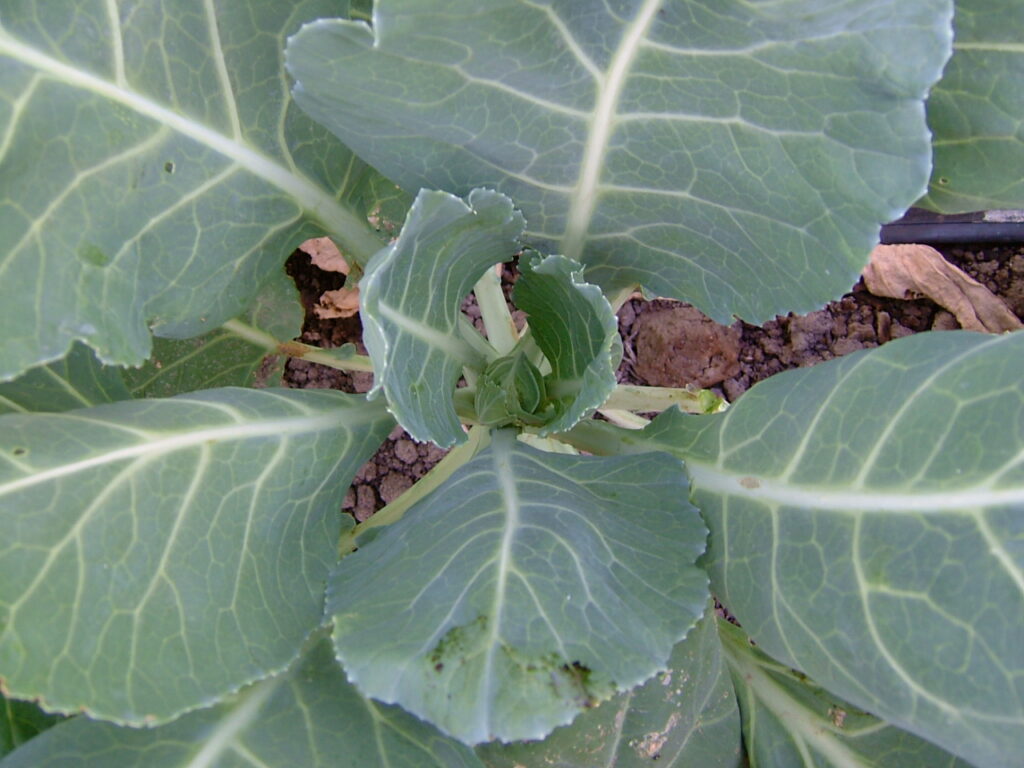
Why Companion Planting Works for Collards
Collards are part of the brassica family, which includes cabbage, kale, broccoli, and cauliflower. They have similar nutrient needs and attract similar pests, such as cabbage worms and aphids. Companion planting works by:
- Repelling pests with scent or leaf structure
- Attracting beneficial insects like ladybugs and parasitic wasps
- Maximizing space by pairing plants with different growth habits
- Improving soil health through nutrient cycling and shade
Best Companion Plants for Collards
| Companion Plant | Benefit to Collards | Additional Notes |
|---|---|---|
| Onions & Garlic | Repel aphids, cabbage worms, and flea beetles | Plant along rows for pest control |
| Marigolds | Repel nematodes and deter beetles | Also attract pollinators and beneficial insects |
| Chamomile | Improves collard flavor and attracts beneficial wasps | Plant nearby, not too close to avoid shading |
| Beets | Use different soil nutrients, avoiding direct competition | Roots grow below collard roots |
| Celery | Repels whiteflies | Grows well in partial shade from collards |
| Spinach & Lettuce | Use less vertical space, thrive in collard shade | Good for early or late-season crops |
| Dill | Attracts predatory wasps and hoverflies | Let a few plants flower for maximum benefit |
Plants to Avoid Near Collards
| Plant to Avoid | Reason |
|---|---|
| Pole Beans | Compete for nutrients and space |
| Tomatoes | Attract pests that may also harm collards |
| Strawberries | Attract slugs, which also feed on collards |
| Other Brassicas (Cabbage, Broccoli, Kale) | Compete for nutrients and attract the same pests |
| Corn | Shades collards too much and competes for nitrogen |
Planting Tips
- Rotate crops: Don’t plant collards in the same spot as other brassicas from the previous season to reduce disease risk.
- Interplant flowers and herbs: Scents confuse pests and improve biodiversity.
- Space correctly: Collards need 18–24 inches between plants for air circulation and healthy growth.
Final Thought:
By pairing collards with pest-repelling allies and avoiding competition-heavy crops, you’ll set yourself up for healthier plants, better yields, and fewer pest problems all season long.

